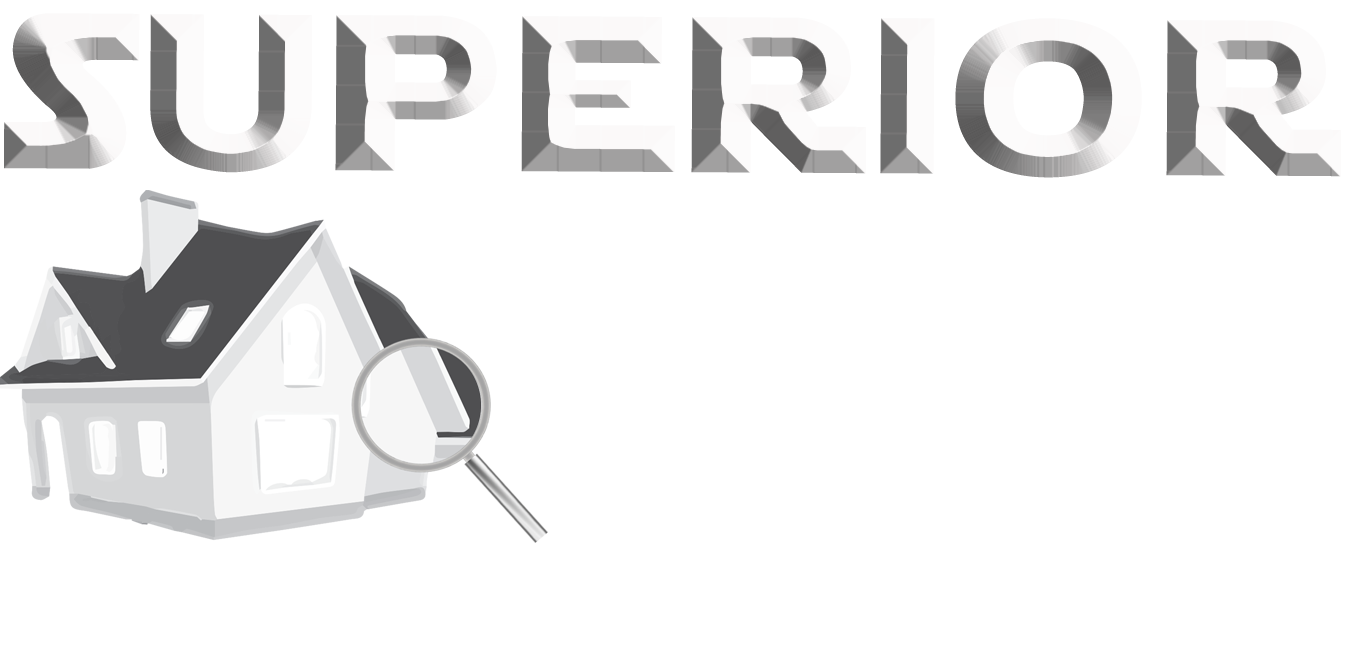(727) 307-2724
What is a Four Point Inspection
A "Four Point Home Inspection" is a skilled inspection of the major systems of your home for the purpose of obtaining homeowner’s insurance. The systems evaluated are:
- Electrical system
- Plumbing system
- Heating Ventilation and Air Conditioning (HVAC)
- Roof Covering
The different systems on your home have a varying but somewhat predictable life span. Most of the information gathered for a four point inspection pertains to just that. However, the information is not limited to the life expectancy of the systems. Also, considered are issues such as type of wiring used in the home and even the manufacturers of the equipment. We also look for signs of equipment or system failures. Our report will help the homeowner know what areas need to be rectified in order to gain the coverage they need.
Each system has a major appliance attached to it which has a limited lifespan. Electrical Breaker Boxes (40-50 years), Water Heaters (14 years), Air Condensers and Handlers (15 years) and the roof covering (shingle, metal, concrete, composite)
Each system is evaluated based upon age and expected life left. Each insurance company is different in what they require in remaining system life to issue insurance for the home. Some systems will far exceed their estimated life expectancy, others will fail long before their life expectancy.
The 4-Point inspection report describes the condition and age of these major systems.
Why do I need a four point inspection?
Insurance companies have become increasingly reluctant to issue Homeowner Insurance Policies on older homes (usually 25 years old or more).
Their common concern is that there may be conditions in an older home that could become a liability to them. For example; a home with a roof nearing the end of its reliable service life may fail while under the policy and the homeowner may seek reimbursement from their insurance company for damages to the home or its contents. Similar concerns extend to the condition of the HVAC, electrical and plumbing systems in an older home. If these elements are in poor condition, in need of being updated or replaced or were improperly installed, they may fail and cause fire or water damage to a home. Newer homes are assumed (by the insurance companies) to not have these problems as frequently as older homes.

